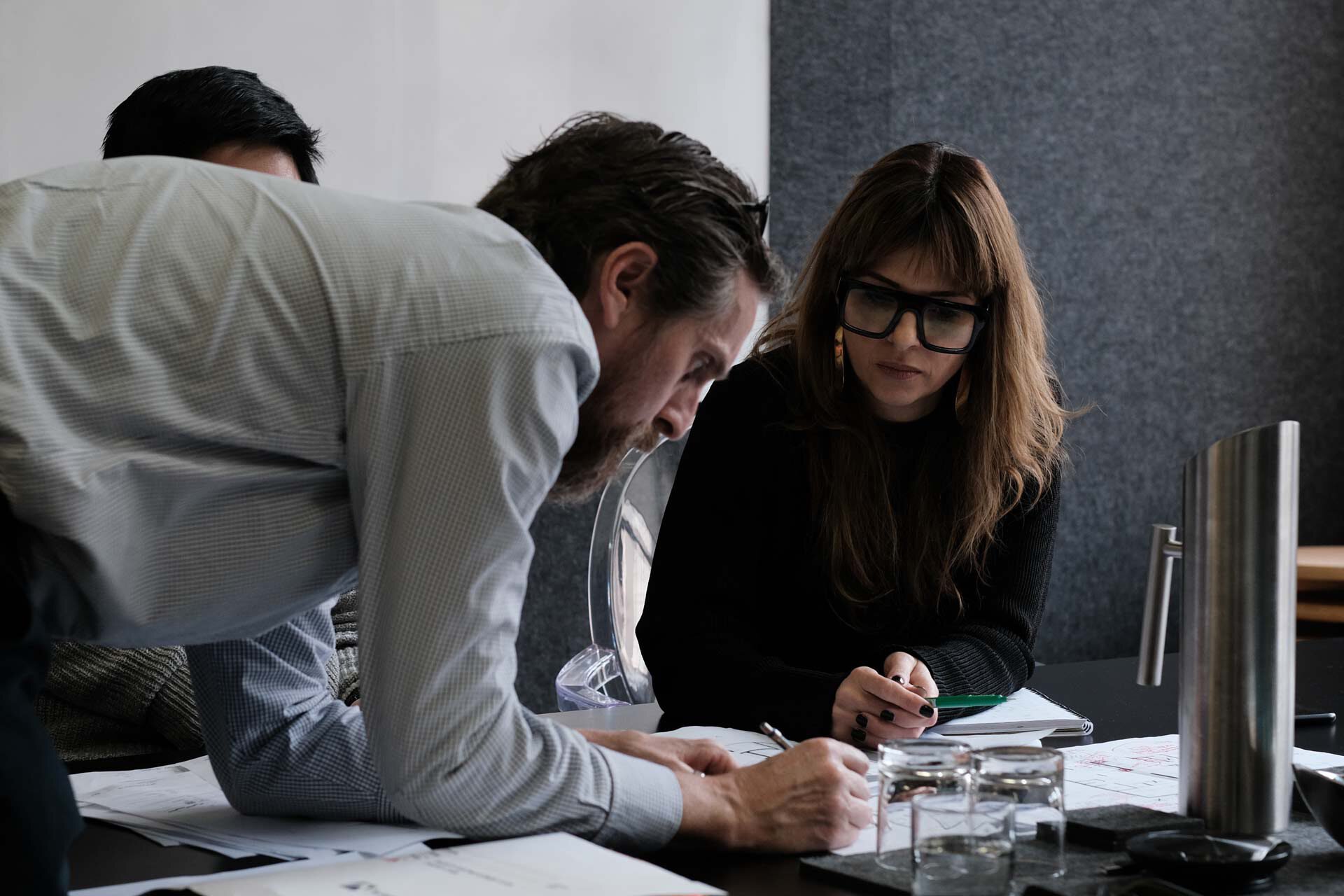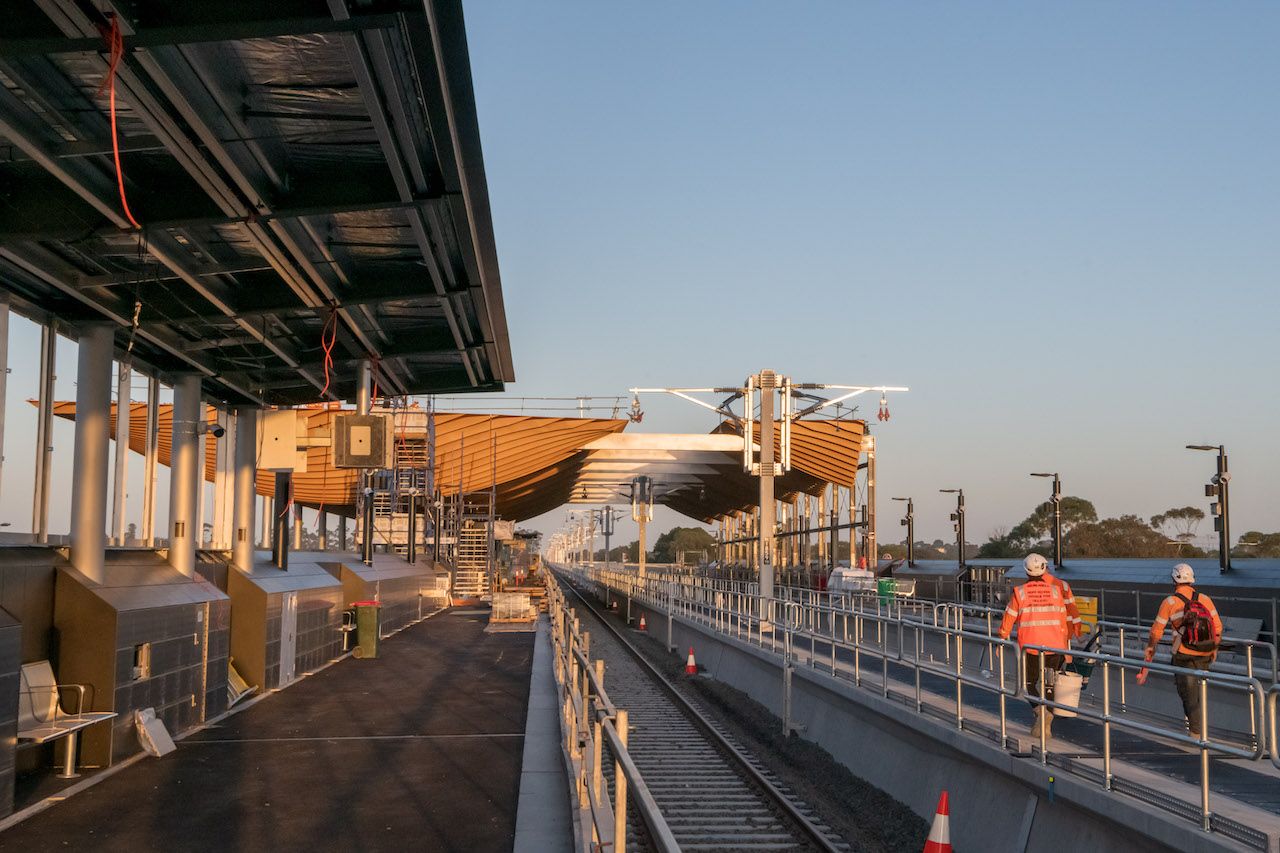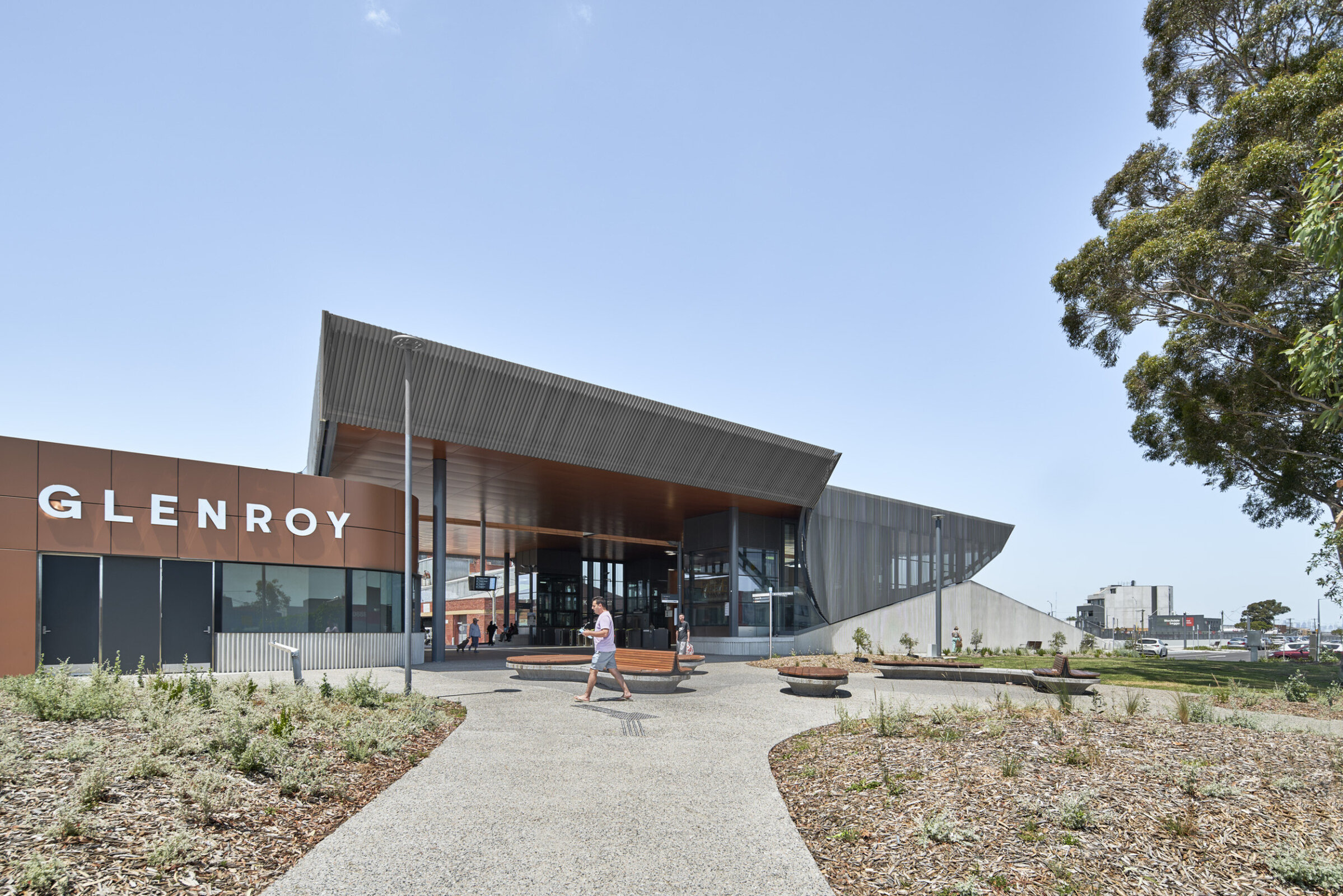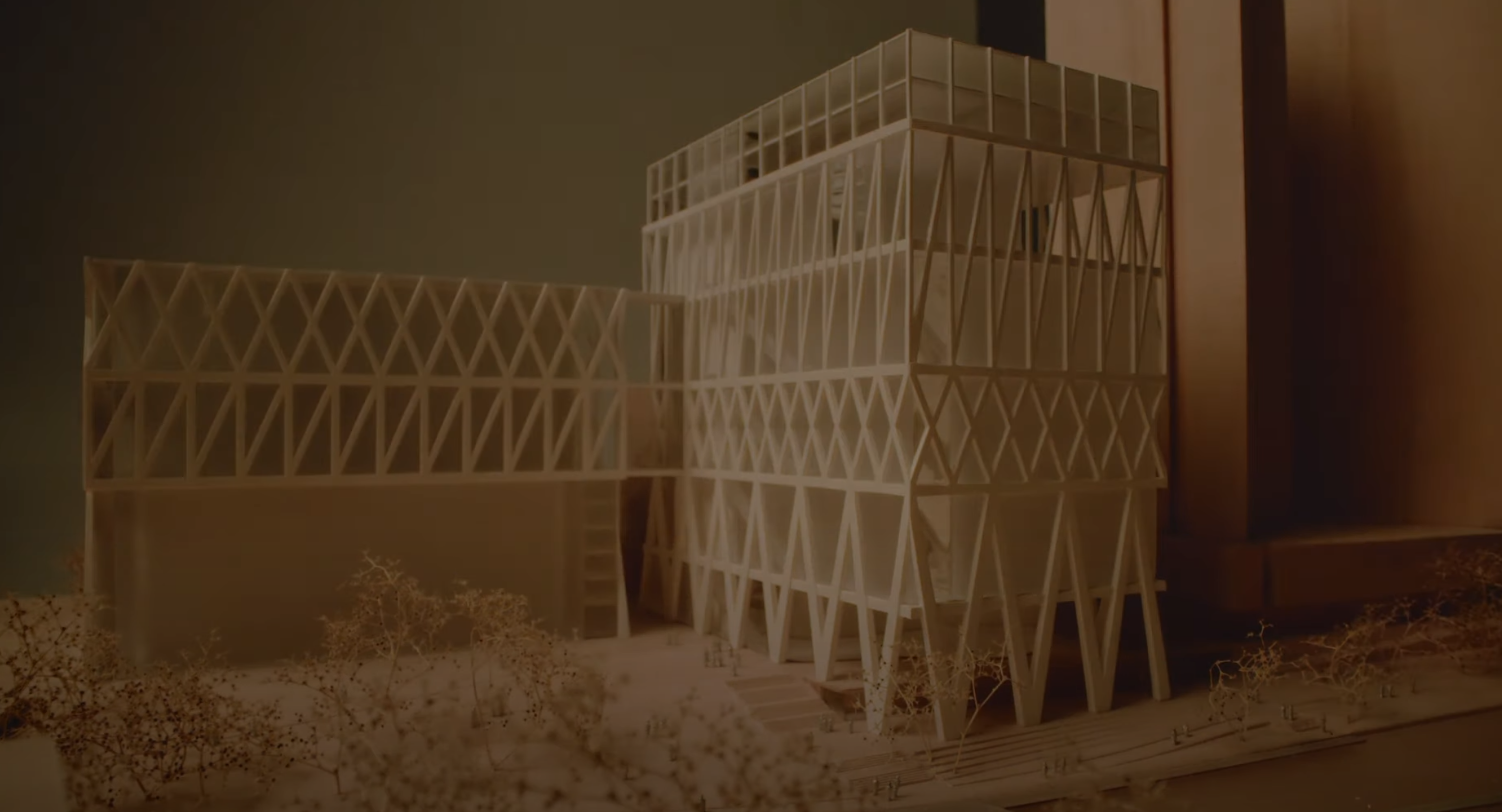Genton’s approach to the design and build of cultural buildings is, Marc Debney says, truly holistic in its scope and attention to detail. Their recent work on Western Sydney’s Powerhouse Museum is a prime example. By creating a design that reflects authentic urban design and the community the iconic museum sits within, Marc says the Genton team undertook comprehensive research on the museum, the surrounding physical environment and, importantly, on the people who live and work around it, in order to design a presence that represents the complete context of its location, rather than sit as a pristine, architectural building that simply exists for its own sake.
It was a perspective, Marc says, that was similar to the way Genton approached the award-winning design of Melbourne’s bayside Frankston Station infrastructure refurbishment.
‘We looked at what it means to be part of Western Sydney and how the building sits in the streetscape before we even started designing,’ Marc says. ‘That knowledge is always critical to inform the creation of any new public space and place.’
In previous works that come under the banner of public and cultural buildings, Steven Toia, Marc Debney and their team at Genton have utilised the research provided by local councils, such as Melbourne’s Moonee Valley Council and City of Moreland, and then added to it, to ensure their broad understanding and appreciation of a region. Talking with local people is another critical way to connect to community values and hopes, says Steve, who appreciates that, although local councils have a strong understanding of context, enhancing that powerful knowledge with additional research is the extra touch that helps Genton’s projects stand out from some of their competitors.
‘We don’t design Architecture as disparate buildings that are in the streets of a suburb or inner-city area – we do it holistically,’ Steve says. We don’t believe you can design in isolation. To effect change, you need to give them community what they want and need and to explore that, you have to have communication that is honest and open.’






